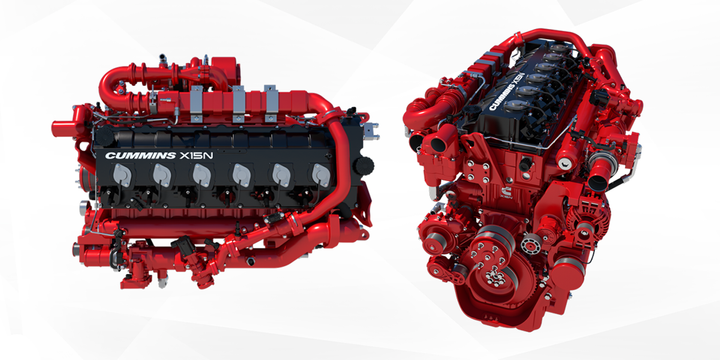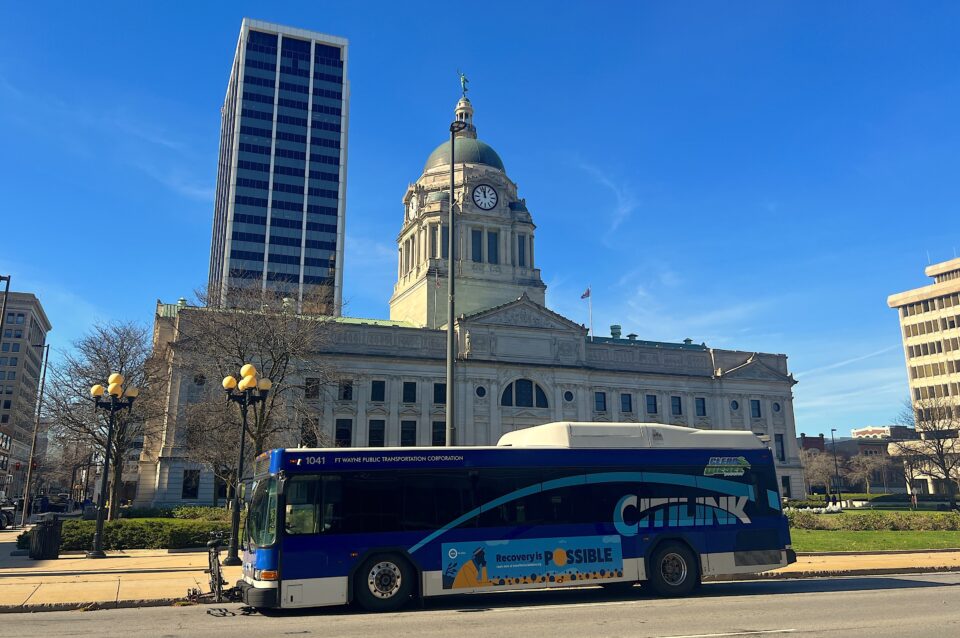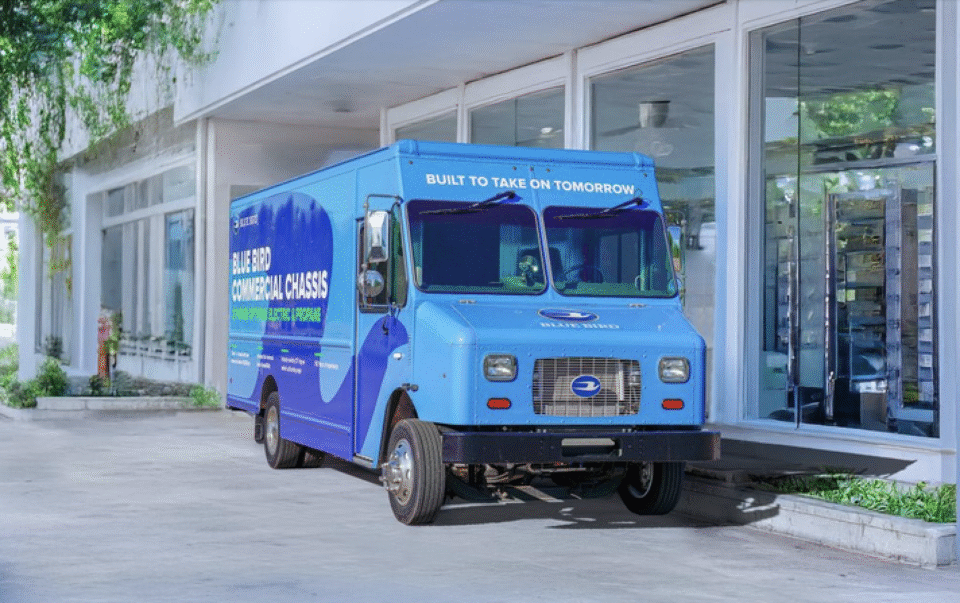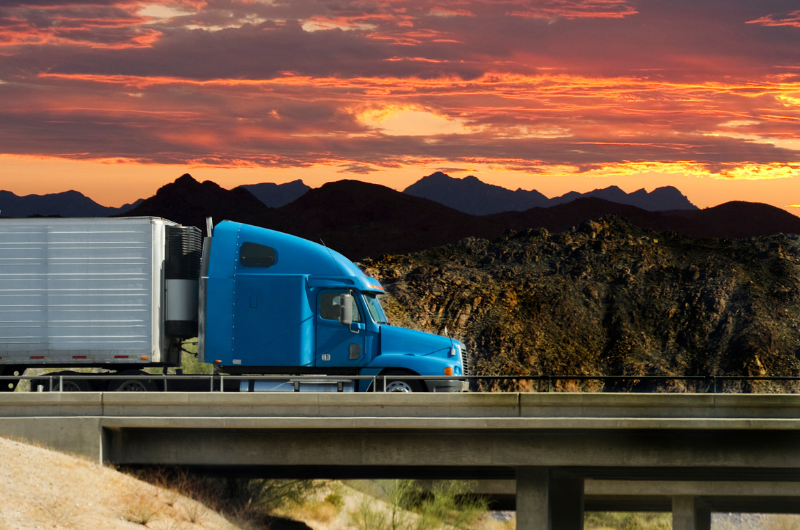Werner Enterprises to Integrate Cummins’ 15L Natural Gas, Hydrogen Engines

In the second half of 2022, Werner Enterprises will begin validation and integration of Cummins’ 15-liter natural gas and 15-liter hydrogen internal combustion engines in its heavy-duty trucks.
This collaboration will help Werner meet its sustainability and operational targets while providing Cummins operational and performance data to help us optimize our product offerings, explained Amy Boerger, Cummins’ vice president and general manager, North America, in a press release.
“These collaborations allow us to refine and optimize our technologies to make the shift to zero-emissions commercial transportation solutions across diverse markets much more quickly,” she said.
The 15-liter natural gas engine was announced in October 2021 can be paired with a Cummins Eaton Automated Transmission Technologies Endurant HD Transmission and Cummins Fuel Delivery System, ensuring a fully integrated natural gas powertrain. Other transmission pairings will be available at launch for specialized applications.
The 15-liter engine will offer ratings up to 500 horsepower and 1,850 ft-lbs of torque, while not requiring selective catalytic reduction to meet 2024 California or Environmental Protection Agency emission standards, providing a potentially carbon-negative solution when powered with renewable natural gas.
Hydrogen engines offer OEMs and end-users the benefit of adaptability by continuing to use familiar mechanical drivelines with vehicle and equipment integration. This mirrors current powertrains while continuing to provide the power and capability for meeting application needs. Additionally, the 15-liter hydrogen engine can use zero-carbon green hydrogen fuel, produced by Cummins-manufactured electrolyzers.
“The options Cummins is providing align with our longstanding focus on sustainability and reducing our carbon footprint,” said Derek Leathers, chairman, president and CEO of Werner Enterprises “They understand the priority we place on using technology to minimize our impact on the environment. By being proactive now, we are ensuring a better future for everyone, and I look forward to this collaborative effort.”

View the original article.




